Turkish puddings, known for their rich flavors and creamy textures, offer a delightful indulgence for dessert enthusiasts. From classic favorites like sütlü tatlılar (milk-based puddings) to unique specialties such as tavuk göğsü (chicken breast pudding), these desserts reflect Turkey's diverse culinary heritage. Common ingredients include milk, sugar, rice flour, and fragrant spices like cinnamon and vanilla. Whether served warm or chilled, Turkish puddings tantalize the taste buds with their comforting sweetness and luxurious consistency. Often garnished with nuts or dried fruits, these desserts are a delightful finale to any meal, providing a satisfyingly sweet conclusion to a culinary journey through Turkey's vibrant food culture.
Muhallebi

Muhallebi, a beloved milk pudding, embodies the essence of Turkish and Middle Eastern dessert traditions. This creamy delicacy is crafted from simple ingredients like rice, sugar, and milk, combined with rice flour, starch, or semolina for a luscious texture. Known as "mahalabia" in Egypt and "mahalabiyeh" in the Levant, each region adds its own flair to this timeless treat. Whether enjoyed as a comforting dessert or a sweet indulgence, muhallebi delights taste buds with its smooth consistency and subtle sweetness. With its rich cultural heritage and widespread popularity, muhallebi holds a cherished place in the culinary landscape of Turkey and the Middle East. Treat yourself to a spoonful of this creamy delight and experience the timeless allure of muhallebi.
Kazandibi

Kazandibi, also known as "kazan dibi," is a famous Turkish dessert highly regarded for its caramelized milk pudding. Originating from the kitchens of the Ottoman Palace, this delightful sweet treat was perfected and adored as a delicacy. Today, kazandibi holds a special place as one of the most cherished and iconic desserts in Turkish cuisine. Its name, meaning "bottom of the cauldron," refers to the golden-brown crust that forms at the pot's base during cooking. This distinctive feature provides a delightful crunch to the creamy pudding, elevating its texture and flavor. Whether enjoyed warm or chilled, kazandibi captivates dessert lovers with its luxurious taste and historical significance, establishing it as a beloved component of Turkish culinary tradition.
Ashure

Ashure, also known as "Noah's Pudding," is a beloved dessert deeply rooted in Turkish culinary and cultural traditions. This sweet porridge is a delightful blend of dried fruits, legumes, grains, and nuts, such as wheat berries, chickpeas, figs, apricots, raisins, and walnuts. During the Islamic month of Muharram, especially on the significant 10th day known as Ashura, ashure is cooked in abundance and shared generously with loved ones. The recipe varies from region to region and household to household, with each cook adding their personal flair. After simmering the ingredients, sugar and spices like cinnamon or cloves are added for extra flavor. Pomegranate seeds, representing hope, are often used to garnish the dish, along with coconut flakes or powdered sugar. More than just a delicious treat, ashure symbolizes community and compassion, promoting unity and goodwill in Turkish culture through the act of sharing.
Tavukgöğsü
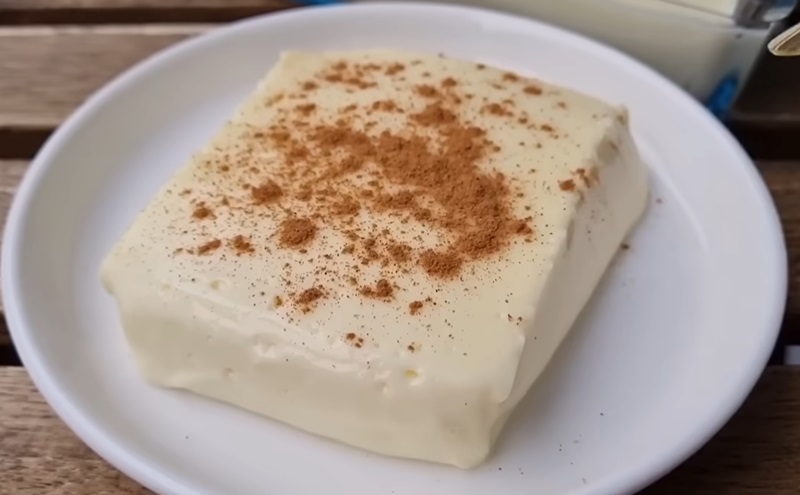
Tavukgöğsü, a unique Turkish delicacy, boasts a surprising ingredient: shredded chicken breast. Originating from the illustrious Topkapı Palace, where it delighted Ottoman sultans, this milk pudding has earned its place as a cherished dessert in Turkey. Combining tender chicken breast with milk, sugar, and rice flour yields a creamy, subtly savory treat. Despite its unconventional nature, tavuk göğsü has captivated palates across Turkey, prized for its delicate flavor and velvety texture. This historical dish is a testament to the culinary ingenuity of the Ottoman Empire, persisting through time to become a beloved indulgence for modern Turks. Whether enjoyed as a nostalgic reminder of the past or as a delightful dessert, tavuk göğsü continues to enchant and delight dessert enthusiasts throughout Turkey.
Ekmek Kadayıfı

Ekmek kadayıfı is a beloved Turkish dessert with a rich history dating back to the Ottoman Empire. Translating to "bread kadayıf," this treat showcases shredded Turkish bread soaked in a sweet syrup, offering a delightful contrast of textures and flavors. Traditionally served with kaymak, a luxurious clotted cream, ekmek kadayıfı is enjoyed for its decadent sweetness and indulgent richness.
The preparation of ekmek kadayıfı involves soaking the shredded bread in a syrup made from sugar, water, and sometimes lemon juice or orange blossom water to infuse it with flavor. Once soaked, the bread is layered in a baking dish and baked until golden and crispy on top. The dessert is then served warm, allowing the syrup to soak into the bread and create a moist, tender texture.
Ekmek kadayıfı is a popular choice for special occasions and celebrations in Turkey, where it is cherished for its nostalgic appeal and delicious taste. Whether enjoyed as a comforting treat or a festive dessert, ekmek kadayıfı remains a beloved part of Turkish culinary heritage.
Supangle
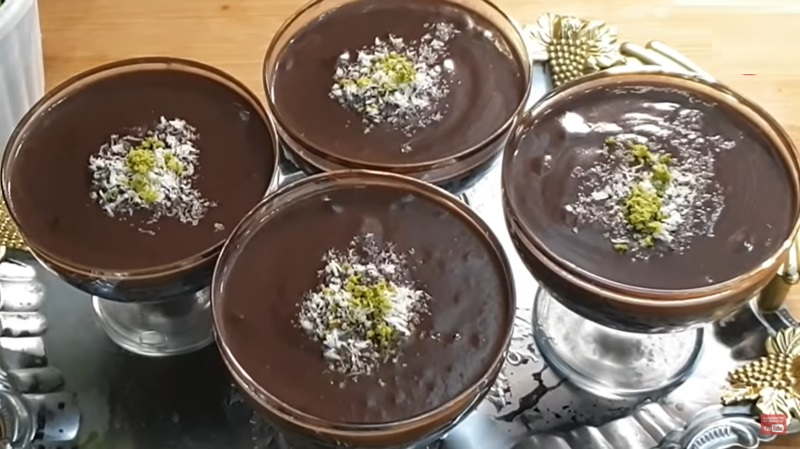
Supangle, also known as sup, is a delightful Turkish chocolate pudding with a unique layered texture. Made from a mixture of milk, sugar, flour, cocoa powder, butter, and chocolate, this dessert is enriched with a depth of flavor. The bottom layer is made with cake, cookies, or biscuits, often using leftovers for resourcefulness. Some variations of the recipe include eggs and hazelnut chocolate spread for added taste and creaminess. To enhance both the visual and flavor appeal, supangle is usually decorated with toppings such as pistachios, shredded coconut, and chocolate chips. Best enjoyed chilled, this dessert provides a refreshing and indulgent treat. It is increasingly served with ice cream to elevate its creamy texture and sweetness. The popularity of supangle continues to rise as it captivates dessert lovers with its harmonious blend of chocolate richness and delightful toppings.
Zerde
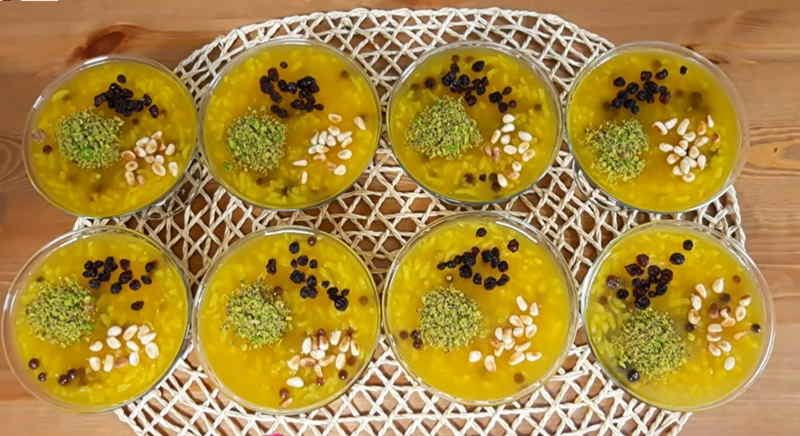
Zerde, a cherished traditional dessert originating from Iraq and Mesopotamia, is celebrated for its vibrant yellow hue and delicate saffron-infused flavor. This festive dish, often served at significant events like weddings and religious celebrations, holds cultural significance in the region.
The name "zerde" originates from the Persian word "zard," meaning yellow or gold, reflecting the dessert's rich color. In some parts of Turkey, turmeric is also added to intensify the vibrant hue.
Zerde is beloved across Turkey, particularly in regions like Eastern Thrace, where it has become a favored dessert among locals. While its preparation may vary slightly from one region to another, zerde is typically made with rice cooked in water, rather than milk, lending it a unique taste and texture.
With its distinctive saffron flavor and cultural importance, zerde continues to be cherished as a symbol of joy and celebration in Iraqi and Turkish communities alike.
Pepeçura
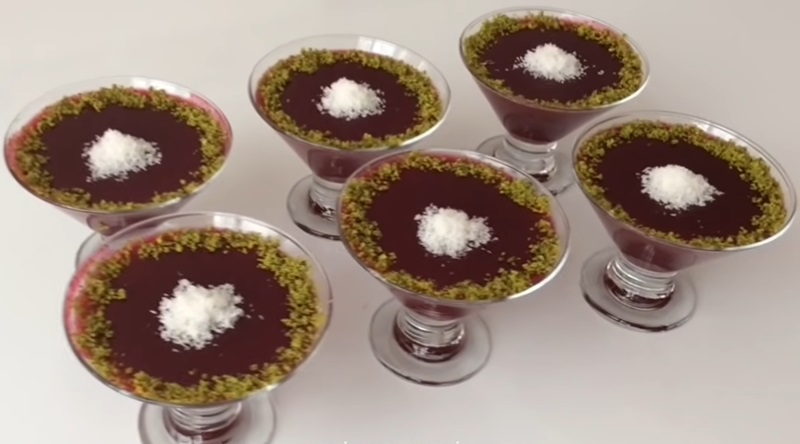
Pepeçura is a delightful pudding that originates from Turkish cuisine, particularly enjoyed in the eastern Black Sea Region. The recipe involves combining grape must with flour and simmering until it reaches the perfect thickness. This delectable treat is often made even more delicious with the addition of almonds, walnuts, and various other nuts, giving it a delightful crunch and a rich flavor profile. The primary sweetener used is grape must, which is extracted from pressed grapes before fermentation, giving the pudding a unique sweetness.Pepeçura is a beloved dish in culinary traditions, especially during grape harvest season when fresh must is readily available. Known for its comforting taste and association with seasonal celebrations, this grape must pie continues to be a favorite dessert, cherished for its simplicity and its ability to capture the essence of Turkish culinary heritage.
Keşkül

Keşkül is a beloved delicacy in Turkish cuisine, known for its delectable almond-based milk pudding. Served in a bowl with a spoon, this creamy dessert features a luscious texture and is often garnished with coconut shavings or pistachio nuts, adding both a visual appeal and a delightful crunch. Its off-white color enhances its aesthetic charm, inviting indulgence with every spoonful. Crafted with care and treasured for its rich flavor, Keşkül embodies the essence of Turkish culinary heritage. Whether enjoyed as a comforting treat after a meal or as a sweet delight during festive occasions, this almond-infused pudding holds a special place in Turkish culinary culture. Renowned for its creamy consistency and nutty undertones, Keşkül is loved by locals and visitors alike, making it a dessert that should not be missed by anyone exploring the diverse flavors of Turkish cuisine.
Sütlaç
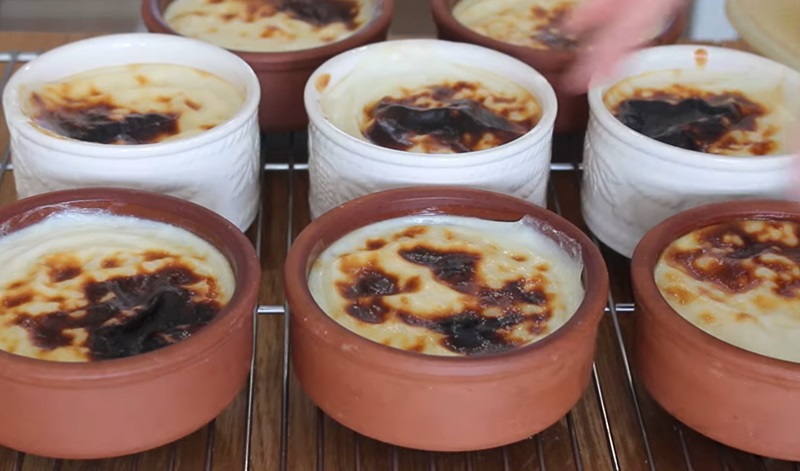
Sütlaç, also known as rice pudding, is a cherished Turkish dessert with a rich history. Made from humble ingredients like rice, milk, and sugar, it's elevated with hints of rose water or vanilla for extra flavor. After cooking the rice to tenderness, milk and sugar are added, creating a creamy concoction. Simmered to perfection, it's then chilled and adorned with cinnamon or ground pistachios. This cool, creamy treat is enjoyed in individual servings or communal dishes, delighting taste buds with its smooth texture and subtle sweetness. Sütlaç holds a special place in Turkish culinary tradition, offering comfort and indulgence with every spoonful. Whether enjoyed as a comforting end to a meal or as a festive dessert during celebrations, sütlaç brings people together to savor its timeless appeal and rich flavors.



-1709813013.jpg)


